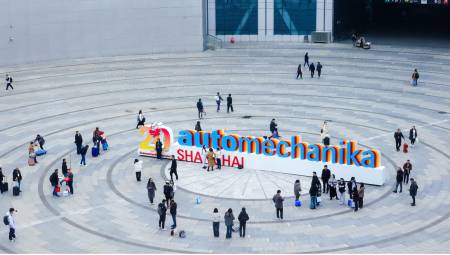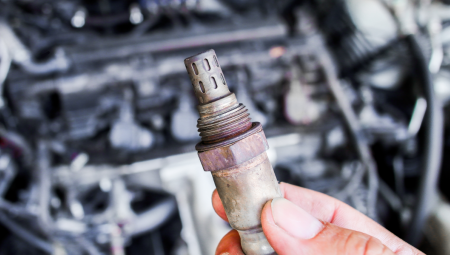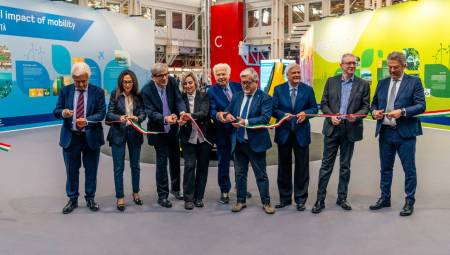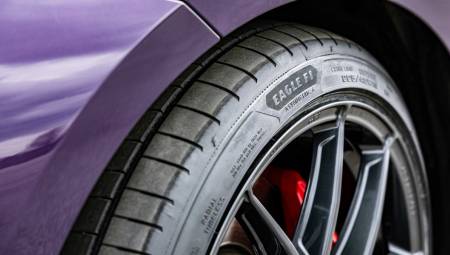United States. IDTechEx's new report, "Future Automotive Technologies 2024-2034: Applications, Megatrends, Forecasts," highlights the biggest changes that will occur in automobiles over the next ten years.
By James Jeffs, Senior Technology Analyst at IDTechEx
Electrification will change what drives cars and automation will change the way cars are driven, but one of the biggest opportunities is connectivity and software definition, which will change the way cars are monetized. This was evident at CES 2024, where it felt as if "autonomous," "connected," "AI," and "software-defined vehicle" were necessary buzzwords to get exhibitors through the door.
IDTechEx's reports, "Future Automotive Technologies 2024-2034: Applications, Megatrends, Forecasts" and "Connected and Software-Defined Vehicles 2024-2034: Markets, Forecasts, Technologies" found that connected and software-defined vehicles have the greatest potential for growth in the automotive space. The reports found that these technologies will grow at a compound annual growth rate of 21.1% between 2024 and 2034, reaching a value of $700 billion. That's between $400 and $500 per vehicle on the road. So where will all that revenue come from?
At this year's CES, IDTechEx looked at where some of this revenue will come from. First of all, there will be the AI assistants in the cockpit. This was a huge focus of attention from players like Mercedes, Amazon Web Services (AWS), and Qualcomm. The early functionality of these will be a more natural interaction with the car's systems. Voice commands in cars are nothing new and have gone from being an unusable gimmick over the years to something some readers will now think: "Oh yes, my car has voice commands." Even today's best systems are a bit clunky and require the user to memorize specific nomenclatures and ways to formulate requests.
In recent years, the world has seen how much AI has grown, and chat GPT proves that machines can replicate normal human conservation. At CES, IDTechEx looked at how this can contribute to the vehicle experience. Both Qualcomm and AWS had demo interfaces that had been trained in the vehicle's owner's manual. This is an ideal first app, as customers can ask about the vehicle's functions and get a comprehensible explanation from the AI assistant.
For example, the driver might ask the assistant, "Why does the engine shut off when the car is stationary?" and the assistant might explain that it is designed to save fuel and let the driver know how to turn it off if they wish. Another app simply interacts with the vehicle's settings.
Many cars already have voice control systems that can change climate control settings, but AI assistants offer a much more natural way to do so. Drivers won't need to refine their commands or use specific words; They can say "I'm cold", "turn up the heat", "set the temperature to 20 degrees" or "temperature to 70 degrees" and the car will make the change accordingly.
However, AI assistants are likely to come as a subscription service, especially since they tend to rely on connectivity. AWS AI Assistant for the Car is a cloud service that connects to AWS servers to run AI functionality.
Qualcomm's latest chips incorporate built-in AI accelerators, allowing the vehicle to offer some AI features even when offline. However, it will likely require some connection for regular updates and requests that require access to data that is not stored in the vehicle, such as calendar information or Wikipedia articles. Either way, AI assistants will likely be a premium service, perhaps the first year free, to attract customers and demonstrate value.
The AI examples discussed focused on vehicle interactions, but combined with connectivity and third-party app stores, the potential applications of the AI assistant are limitless. A basic application of this is car maintenance scheduling. As the vehicle nears its service interval, the AI assistant can access the availability of the dealership's service center, then offer the driver available slots to get their vehicle serviced, inform them of the cost of different packages, and even schedule and pay for the appointment.
On-board payment will be another game-changing technology in the automotive market. These systems can use biometric security, powered by infrared and normal in-cab cameras, to authorize payments. IDTechEx saw a live demo of this at CES 2024.
At one of the demonstration stands, an exhibitor pushed for a purchase of a mock-up of an infotainment system; The camera showed his face for verification and then the bank transaction could be viewed on a separate screen. This was not a false example or a sham, but real money moving between accounts, processed for what would be a car.
The example IDTechEx saw at CES demonstrated how a user could pay for an upgrade to access additional features, the feature-as-a-service model. This currently exists in companies like Tesla, BMW, and others that install hardware in their vehicles with all of its functionality locked behind a paywall.
Currently, the driver must pay to access these features through a smartphone app or online. With AI assistants, connectivity, and in-car payments, the game changes. A driver might say "I'm cold" and the AI assistant might recommend subscribing to a package that includes heated seats. Connectivity and AI payments, then complete the purchase. Here's how AI, connectivity, software-defined vehicles, as-a-service features, and in-car payments come together to generate hundreds of dollars in new vehicle revenue by 2034.
IDTechEx's "Future Automotive Technologies 2024-2034: Applications, Megatrends, Forecasts" report goes into more detail about the $1.6 trillion opportunity associated with emerging automotive technologies. In addition, IDTechEx's report "Software-Defined and Connected Vehicles 2024-2034: Markets, Forecasts, Technologies" provides a deep dive into the $700 billion opportunity associated with the connectivity applications and AI assistants described here.
IDTechEx's subscription platform also provides a wealth of regularly updated content across many technologies, including multiple premium article roundups and company profiles from the recent CES 2024 event.














